Carmel-by-the-Sea feels like stepping into a fairy tale village where European charm meets California coastal beauty. This enchanting town, barely one square mile in size, packs more character and unique experiences than cities ten times its size. From storybook cottages that look like they belong in a Brothers Grimm tale to pristine beaches where Clint Eastwood once served as mayor, Carmel offers visitors a delightful escape from the ordinary.
The town’s whimsical architecture, world-class art scene, and stunning natural surroundings create an atmosphere that’s both sophisticated and refreshingly unpretentious. Here is a list of 16 unforgettable experiences that capture the magic of this coastal gem.
Carmel Beach
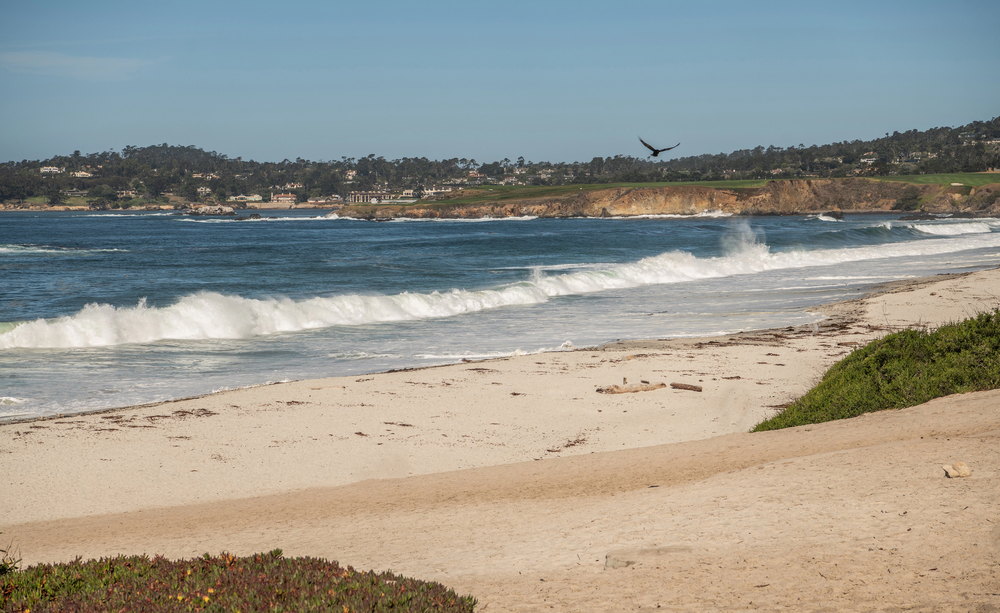
Carmel Beach stretches like a crescent moon of powdery white sand, creating one of California’s most photogenic coastal scenes. The beach sits at the foot of Ocean Avenue, where cypress trees frame views of turquoise waters and dramatic rock formations. Dogs roam freely here without leashes, creating a joyful atmosphere as golden retrievers and tiny terriers alike chase waves and explore tide pools. Morning brings peaceful solitude ideal for meditation walks, while sunset paints the sky in brilliant oranges and purples that reflect off the wet sand.
Fairy Tale Cottages
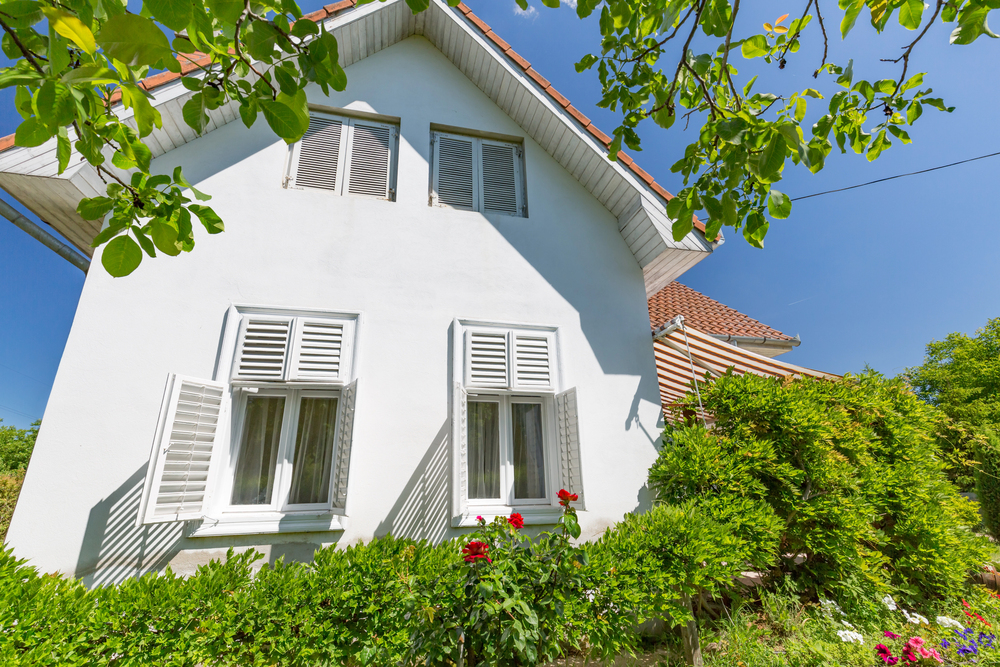
Walking through Carmel’s residential neighborhoods feels like wandering through the pages of a children’s storybook. These whimsical homes, built mostly in the early 1900s, feature crooked chimneys, irregular rooflines, and doors that seem designed for hobbits rather than humans. The cottages showcase a style called ‘Carmel-by-the-Sea architecture,’ which deliberately embraces asymmetry and organic curves over straight lines. The most famous examples include the Hansel and Gretel House on Torres Street and the Witch House on Lincoln Street, both of which look like they materialized from European folklore.
Point Lobos State Natural Reserve
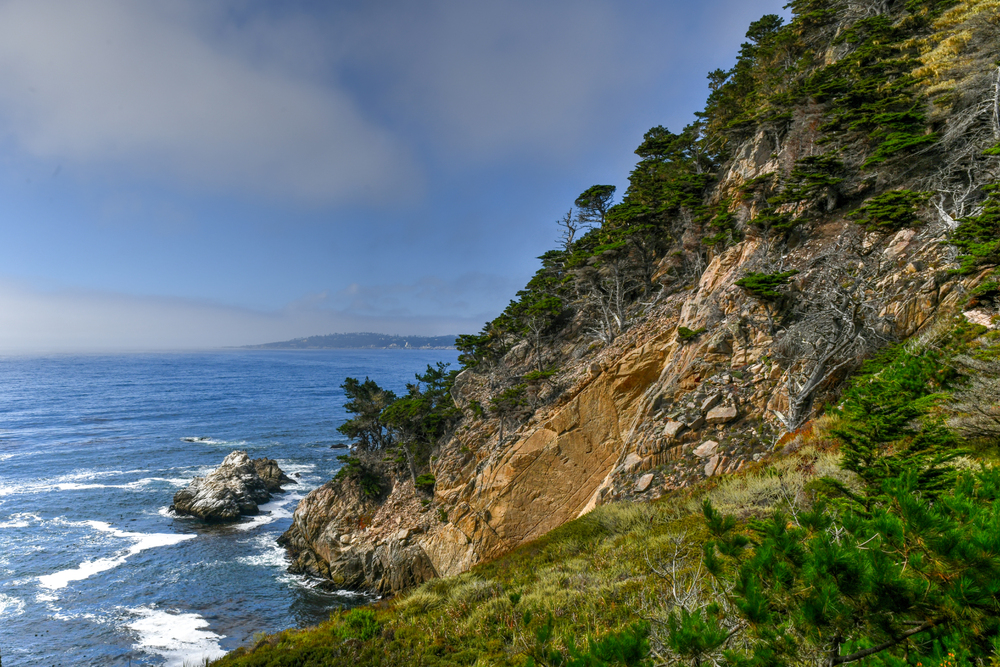
Point Lobos serves as nature’s masterpiece gallery, where dramatic coastline meets diverse ecosystems in perfect harmony. This 1,276-acre reserve protects one of California’s most pristine stretches of coast, featuring hidden coves, towering sea cliffs, and crystal-clear waters that reveal underwater kelp forests. Wildlife watching here rivals any nature documentary, with sea lions barking from offshore rocks, harbor seals lounging on beaches, and migrating gray whales visible from clifftop trails. The reserve’s hiking trails wind through native Monterey pine forests and along rugged coastline, offering photographers and nature lovers countless opportunities for stunning shots.
Carmel Mission Basilica
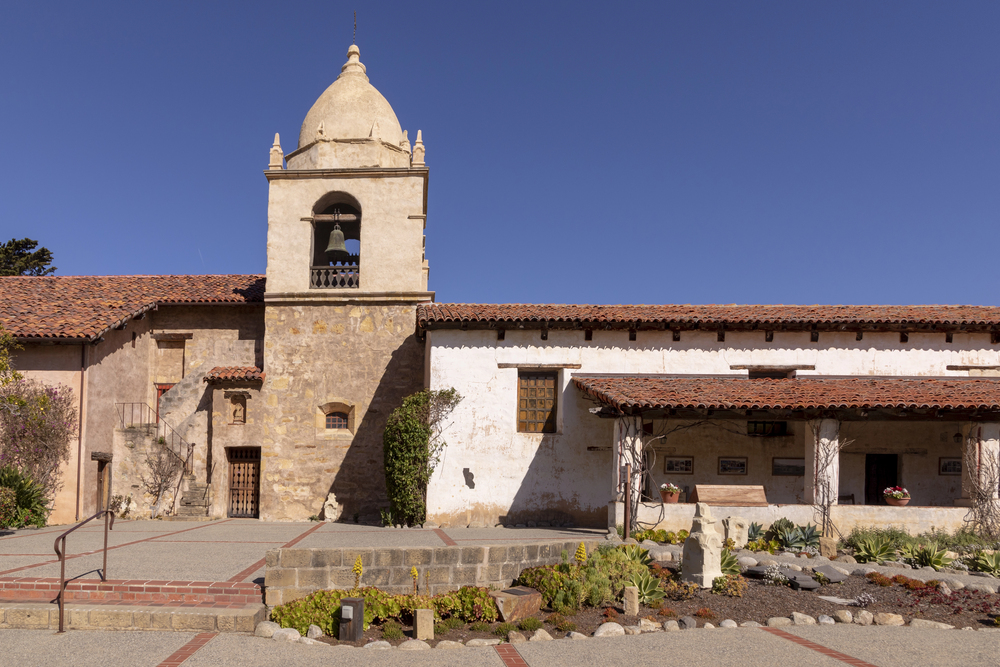
DepositPhotos
The Carmel Mission stands as both a spiritual sanctuary and a window into California’s complex colonial history. Founded in 1771 by Father Junípero Serra, this limestone church features distinctive Moorish architecture with its star-shaped window and curved bell tower that has become an iconic symbol of the Central Coast. The mission served as Serra’s headquarters for California’s chain of 21 missions, making it a crucial site in the state’s early European settlement. Today’s visitors can explore beautifully maintained gardens filled with native plants, original living quarters that house historical artifacts, and the church itself, where Serra is buried beneath the altar.
Ocean Avenue Shopping
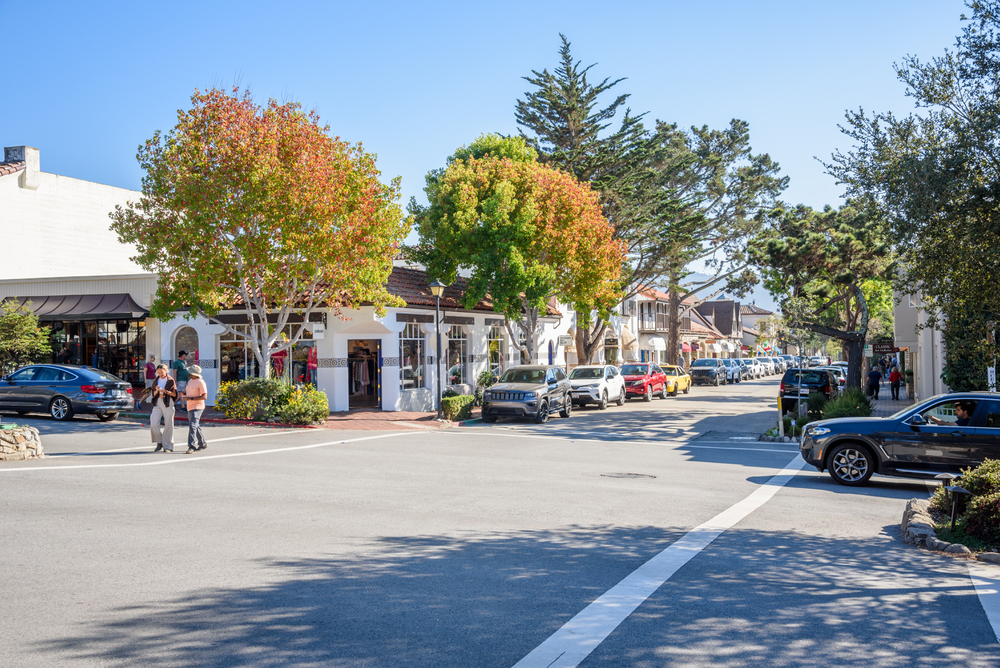
Ocean Avenue transforms the simple act of shopping into a treasure hunt through boutiques and galleries that feel more like curated museums than retail stores. This tree-lined main street stretches from the Santa Lucia Mountains down to Carmel Beach, creating a perfect corridor for leisurely exploration. Local shop owners often greet visitors personally, sharing stories about their unique merchandise and the town’s colorful history. The street showcases everything from high-end fashion boutiques to quirky gift shops selling locally made crafts, while art galleries feature works by both established masters and emerging local artists.
17-Mile Drive
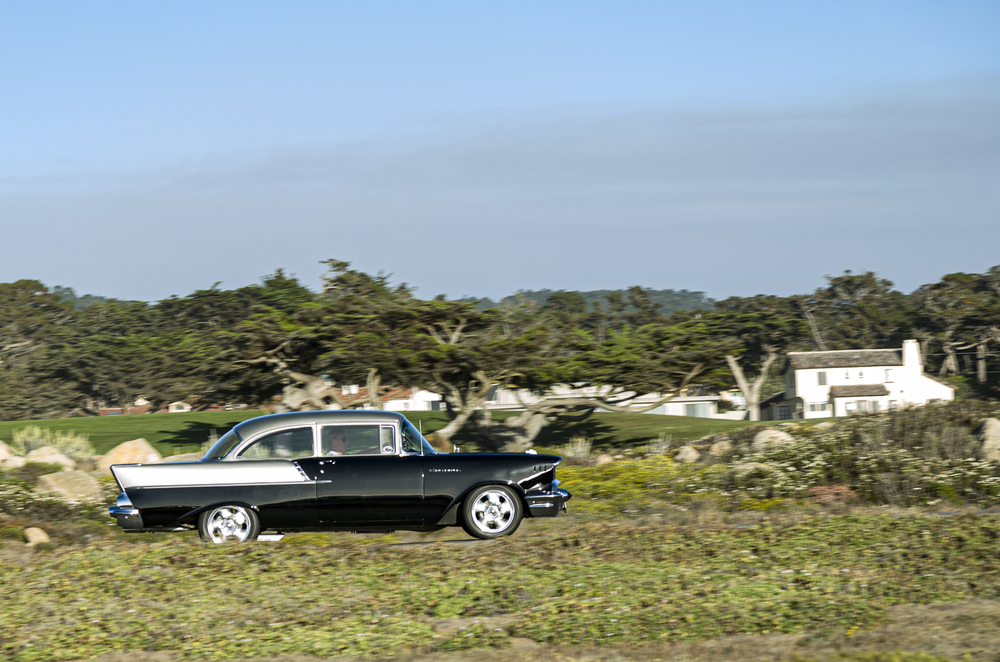
The 17-Mile Drive weaves through some of the most expensive real estate in America, offering glimpses of palatial estates, championship golf courses, and coastline that inspired countless artists and photographers. This private toll road connects Carmel and Pacific Grove through the exclusive Pebble Beach community, where mansions hide behind gates and perfectly manicured landscapes. Iconic stops include the Lone Cypress, a solitary tree clinging to a rocky outcrop that’s become one of California’s most photographed landmarks. The drive also passes world-famous golf courses like Pebble Beach and Spyglass Hill, where you can watch players tackle some of the most challenging and scenic courses in professional golf.
Carmel Art Galleries
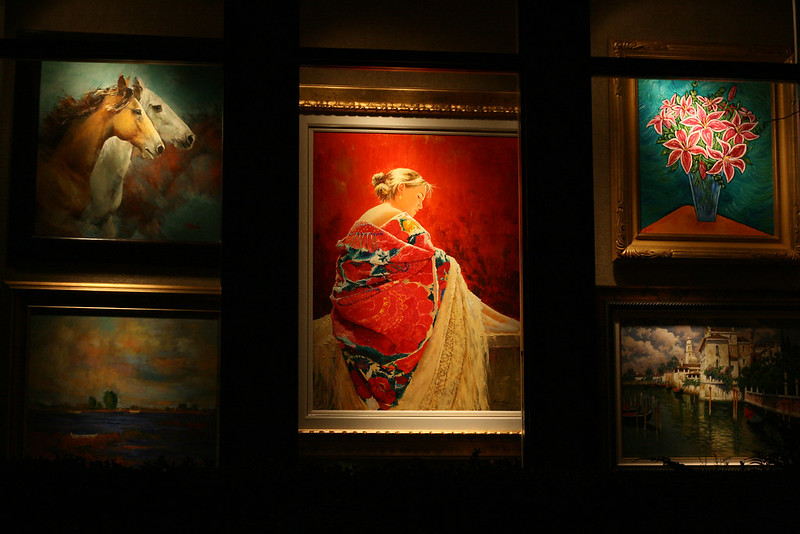
Carmel’s art scene flourishes like wildflowers after rain, with over 100 galleries packed into the tiny downtown area. The town has attracted artists since the early 1900s, when cheap land and stunning natural beauty drew creative spirits seeking inspiration away from urban centers. Many galleries specialize in California Impressionist works, capturing the region’s unique light and coastal atmosphere that first drew artists here over a century ago. The galleries themselves often occupy charming cottages and converted homes, making art browsing feel like visiting friends’ studios rather than formal commercial spaces.
Tor House and Hawk Tower
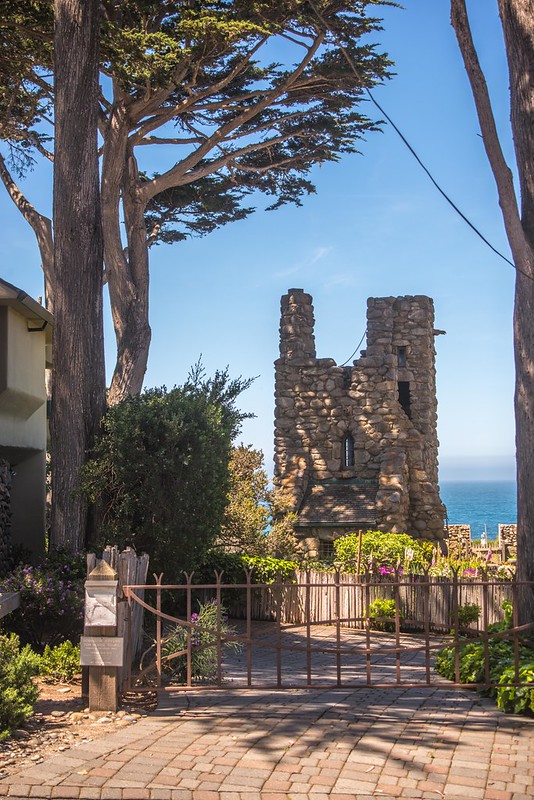
Robinson Jeffers built his stone fortress by hand between 1918 and 1924, creating one of America’s most unique literary landmarks. The poet quarried granite boulders from the shoreline below, rolling them up the hill with primitive tools to construct both his family home and the mysterious four-story Hawk Tower. Jeffers worked like a medieval mason, fitting stones together without mortar in some sections, creating walls that have withstood nearly a century of coastal storms. The house and tower reflect Jeffers’ philosophy of ‘inhumanism,’ his belief that nature held greater significance than human concerns, and visitors can tour the property by appointment to see where he wrote his epic poems while gazing out at the Pacific Ocean.
Carmel Valley Wine Tasting
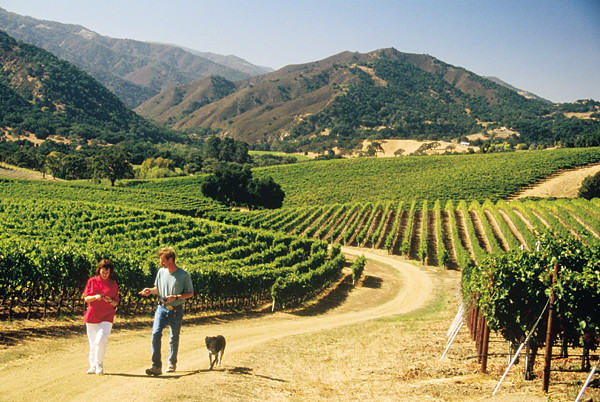
Carmel Valley’s wine country stretches inland from the coast, where morning fog gives way to warm sunshine perfect for growing premium grapes. This microclimate, protected by surrounding mountains, creates ideal conditions for Pinot Noir, Chardonnay, and other cool-climate varietals that thrive in the valley’s well-draining soils. Small family wineries dot the valley, offering intimate tasting experiences where you might meet the winemaker personally. Places like Bernardus Winery and Galante Vineyards combine stunning vineyard views with award-winning wines, while newer establishments like Folktale Winery blend wine tasting with live music and food trucks.
Big Sur Coastline Drive
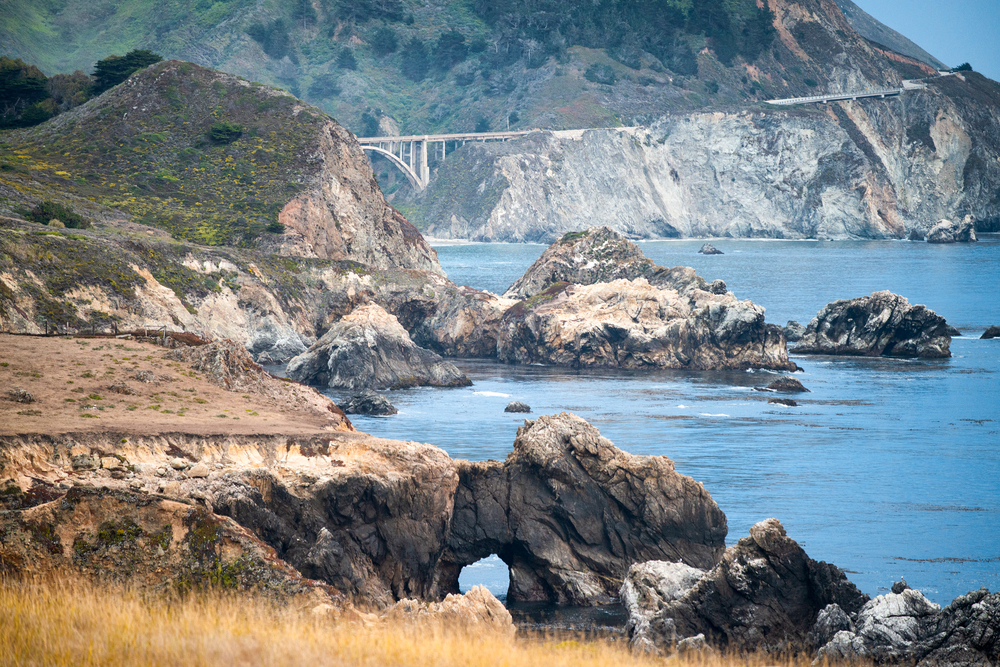
Highway 1 south of Carmel transforms into one of the world’s most spectacular coastal drives, where the road hugs cliffs that plunge dramatically into the Pacific Ocean. This engineering marvel winds through Big Sur’s rugged landscape, offering breathtaking views around every curve while testing drivers’ nerves on its narrow, winding sections. The highlights are McWay Falls, where a waterfall plunges straight down onto the beach, and Bixby Creek Bridge — an architectural wonder stretching across a gorge with elegant concrete arches. Patience and plenty of attention are needed for the drive, as the road is often closed for landslides or inclement weather; however, those who make the journey are rewarded with some of the most photographed scenery in North America.
Carmel’s Historic Inns
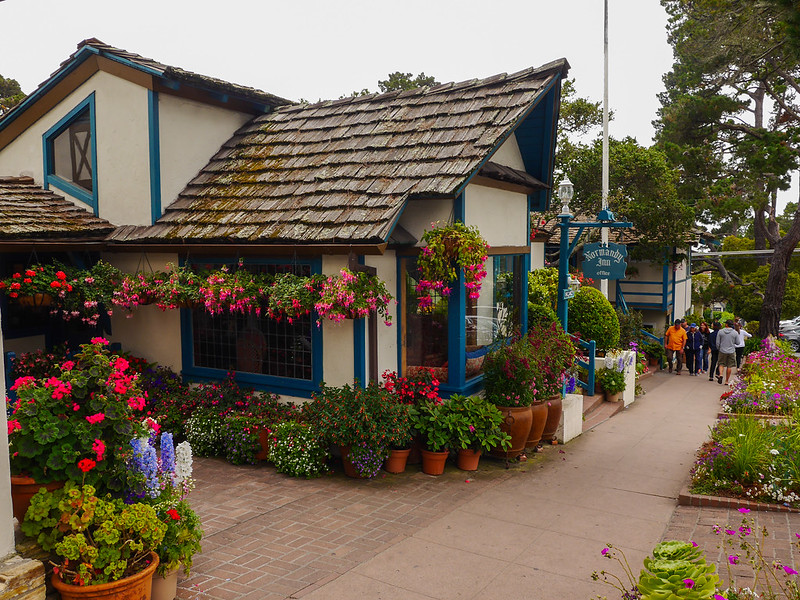
Carmel’s historic inns tell stories of the town’s artistic heritage while providing accommodations that feel more like staying in a friend’s charming cottage than a commercial hotel. These properties, many dating to the early 1900s, were built during Carmel’s Bohemian period when writers, artists, and intellectuals flocked to this coastal refuge. The Cypress Inn, co-owned by Doris Day, welcomes both guests and their four-legged companions with equal enthusiasm, reflecting Carmel’s dog-friendly culture. Each inn maintains its individual character through careful preservation of original architectural details and period furnishings, prioritizing personalized service and authentic charm over modern amenities.
Forest Theater
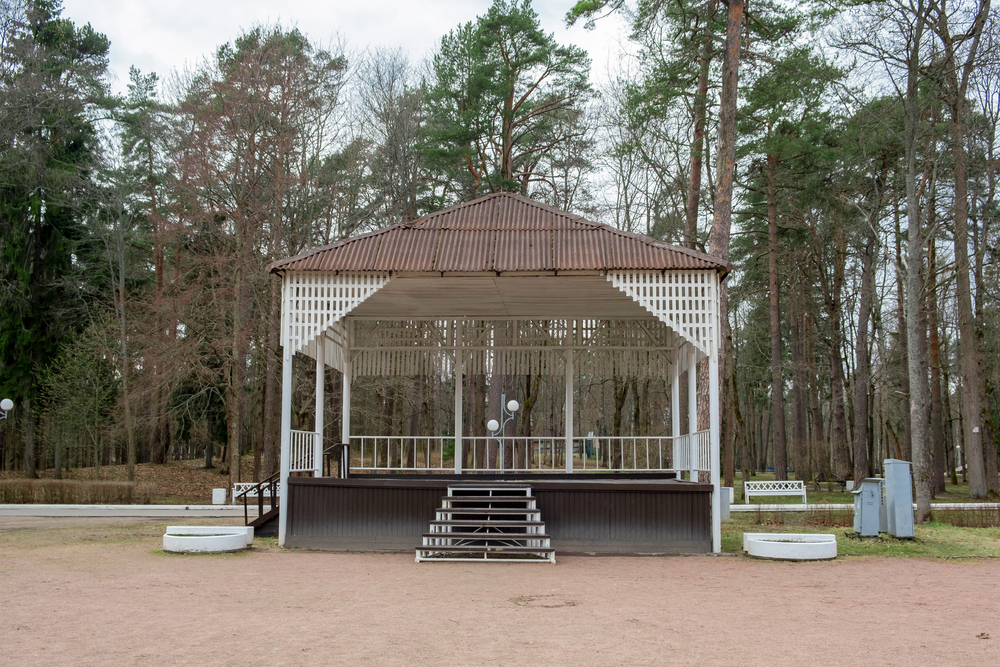
The Forest Theater presents live performances under towering pine trees, creating an outdoor venue that feels both intimate and grand. Built in 1910, this natural amphitheater carved into a hillside grove has hosted everything from Shakespearean dramas to contemporary musicals, with performances enhanced by the forest setting and occasional appearances by local wildlife. Audiences sit on wooden benches surrounded by towering trees, with performances taking place on a stage that incorporates the natural landscape into set designs. The theater’s unique acoustics, created by the surrounding forest, allow even whispered lines to carry to the back rows without amplification.
Pebble Beach Golf Links
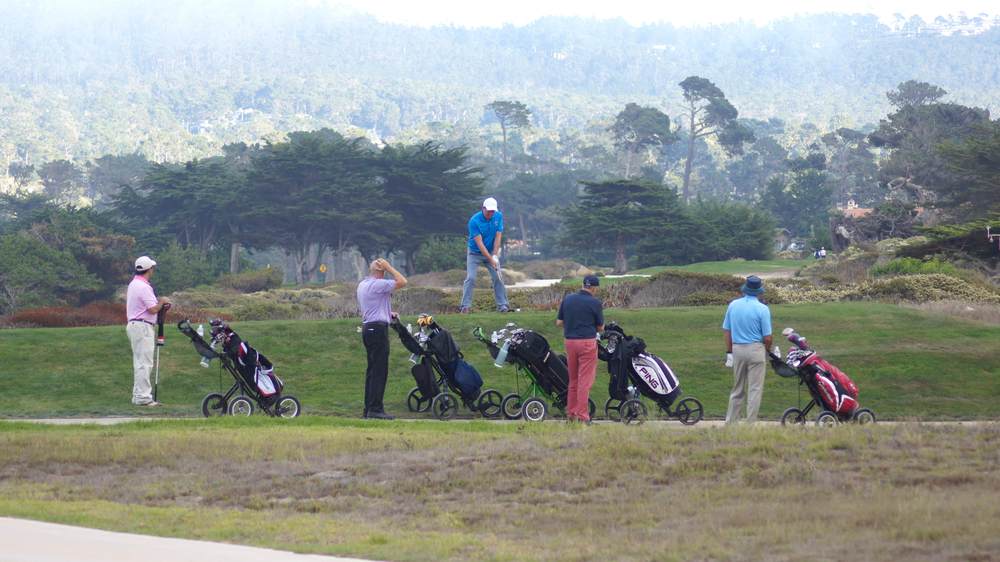
— Photo by miles_around
Pebble Beach Golf Links represents the pinnacle of seaside golf, where championship-level challenges meet some of the most beautiful scenery in professional sports. This public course, built in 1919, has hosted five U.S. Opens and countless other major tournaments, creating legends on courses that overlook dramatic coastline and crashing waves. The famous 18th course requires players to hit their approach shots over Carmel Bay, with the Pacific Ocean serving as both backdrop and hazard. Even non-golfers can experience the course through the clubhouse restaurant and pro shop, while the practice facilities offer opportunities to hit drives toward the ocean.
Carmel Farmers Market

The Carmel Farmers Market transforms Devendorf Park into a weekly celebration of local agriculture and artisanal crafts. This Tuesday gathering brings together organic farmers from the fertile Salinas Valley, local bakers creating artisanal breads, and craftspeople selling everything from hand-thrown pottery to locally made honey. Seasonal offerings change throughout the year, from spring artichokes and strawberries to fall pumpkins and winter citrus, all grown within a few miles of the coast. The market also features prepared foods perfect for beach picnics, including fresh tamales, wood-fired pizzas, and locally roasted coffee that captures the essence of California’s farm-to-table movement.
Scenic Bluff Walk
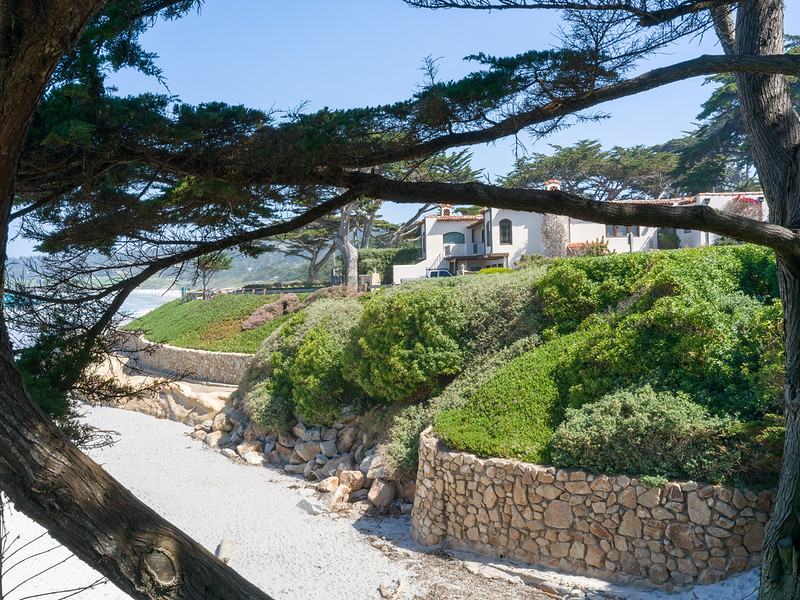
The bluff walk along Carmel’s coastline offers one of California’s most accessible scenic hikes, where maintained trails wind along clifftops providing constant ocean views. This easy walk connects Carmel Beach to the residential areas above, passing through Carmel River State Beach and offering multiple access points for visitors of varying mobility levels. Wildlife viewing opportunities abound, with sea otters frequently visible in the kelp beds offshore and various shorebirds feeding in the river lagoon. The walk provides excellent photography opportunities throughout the day, though sunset offers the most dramatic lighting as the sun drops toward the Pacific horizon.
Carmel’s Literary Heritage
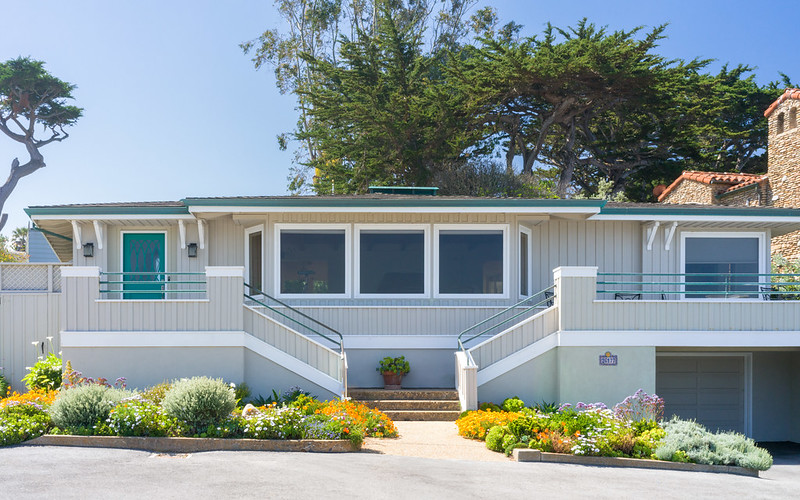
Carmel’s literary tradition runs deep through the town’s DNA, with famous authors and poets choosing this coastal refuge as their creative sanctuary for over a century. The town attracted writers seeking inspiration away from urban distractions, creating a community where literary pursuits flourished alongside visual arts. Robinson Jeffers, Sinclair Lewis, and Jack London all found inspiration here, while contemporary authors continue to call Carmel home. The Henry Miller Memorial Library in nearby Big Sur celebrates the area’s ongoing literary legacy, while local bookstores like River House Books maintain the town’s connection to the written word.
The Living Legacy
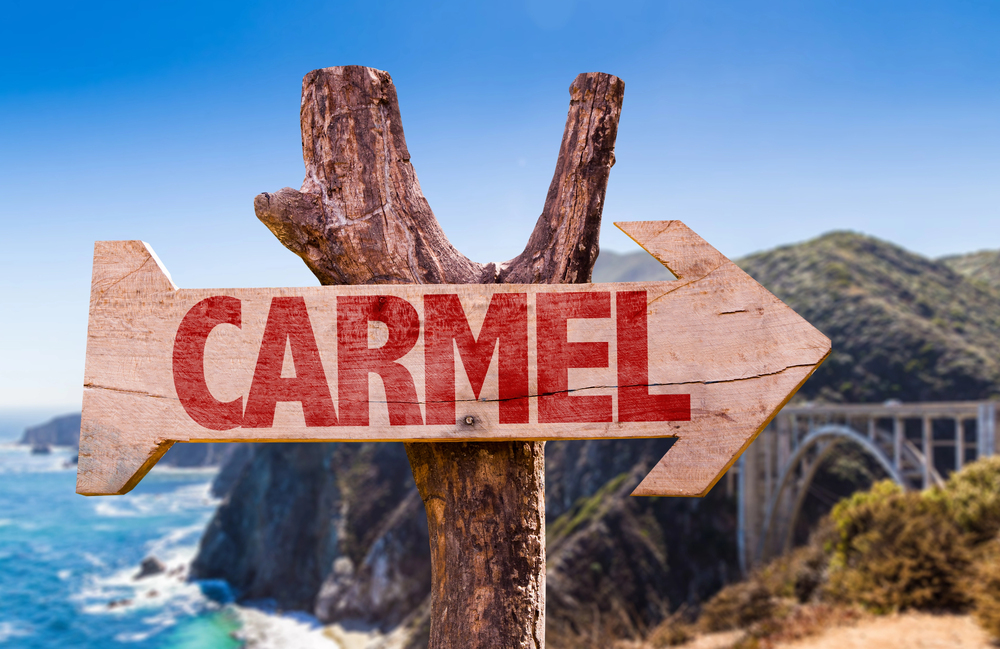
Carmel-by-the-Sea maintains its enchanting character through careful preservation of the vision that first attracted artists and dreamers over a century ago. The town’s commitment to protecting its architectural heritage, natural beauty, and artistic spirit creates experiences that feel both timeless and refreshingly authentic in our increasingly homogenized world. Modern visitors discover the same inspiration that drew creative spirits here generations ago, finding in Carmel’s winding streets and stunning coastline a reminder that some places remain magical despite the passage of time. This careful balance between preservation and accessibility ensures that future generations will continue to find wonder in Carmel’s fairy tale cottages, pristine beaches, and thriving arts community.
More from Travel Pug

- 20 Best Beach Towns in the Carolinas
- 13 Destinations Where Tourists Regularly Regret Their Trip
- 20 Things You Actually Get in First Class
- 20 Small Airports With Aviation Museums
- 20 Places in the U.S. That Are Perfect for a Reset Trip
Like Travel Pug’s content? Follow us on MSN.
